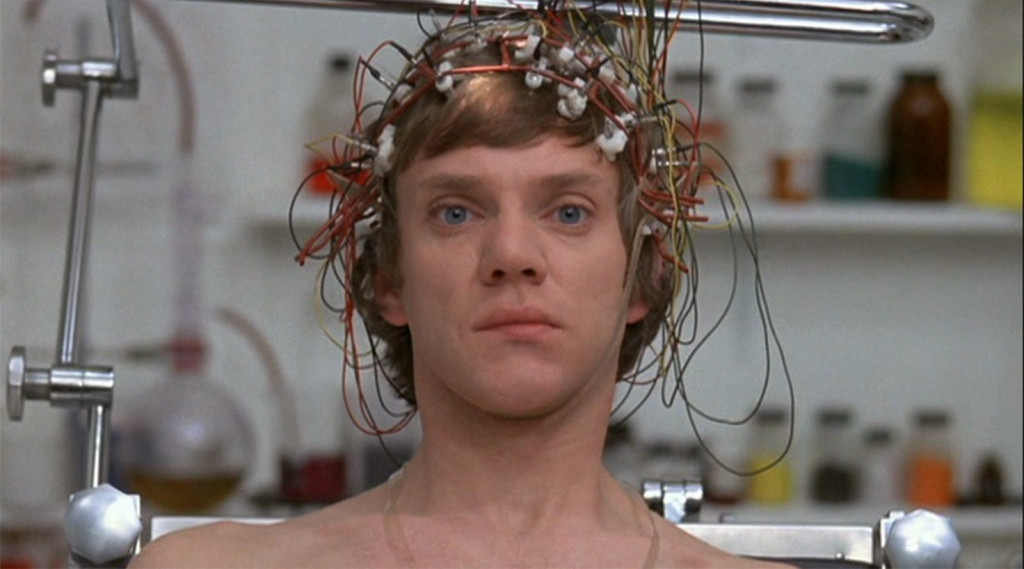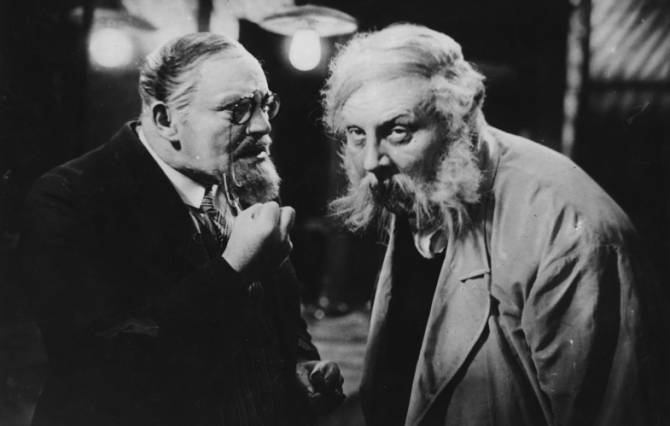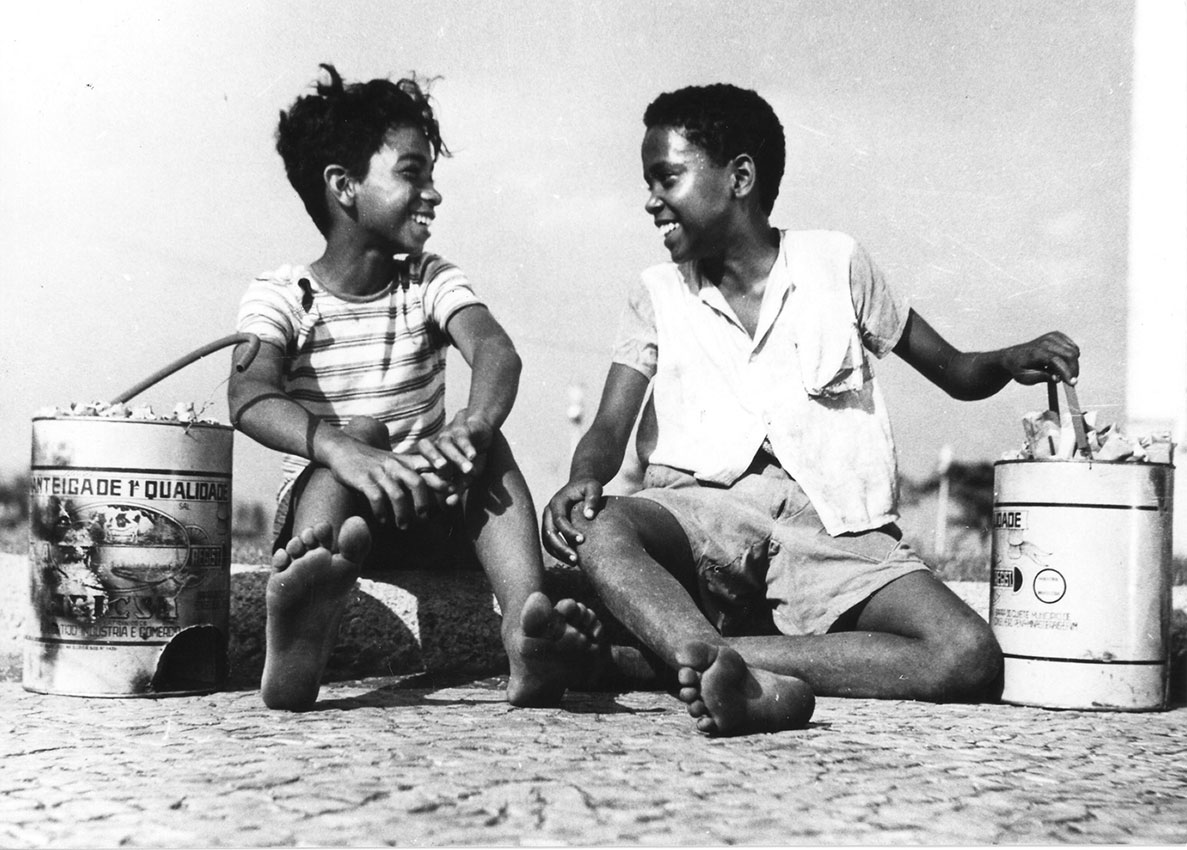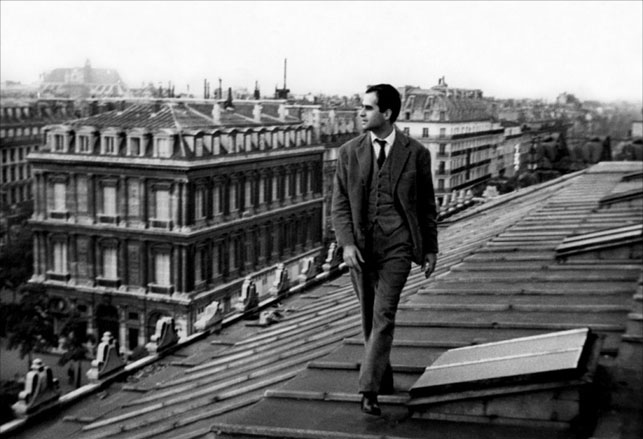
The history of film is a very complex and multifactorial topic. The ways in which a film can influence others are varied, whether it’s by establishing a style to be replicated or by establishing a style that is so unique that it changes those who see a film, as films are constantly pushing the boundaries of what cinema is and what it can be.
There are much more than 10 influential films that no one talks about, but here is a list of 10 plus one not very well-known films that deserve to be seen in order to understand how they shaped or are shaping cinema.
1. Der Letzte Mann – F. W. Murnau

This film was called “The Last Laugh” in the United States, and it tells the story of an old gatekeeper who works at a luxurious hotel and is stripped from his position. He is a man who’s proud of his job and his uniform, thus being “degraded” to another post is the ultimate dishonor for him. He decides to steal the uniform and wear it every night on his way home until he is discovered.
This film was released in 1924, is often described has the first masterpiece of German cinema, and it was directed by one of the most influential filmmakers who ever existed, Friedrich Wilhelm Murnau.
The film was done in the transition between German Expressionism and the Social Realism that we would see in later Murnau films such as “Sunrise” in 1927. The plastic elements of the film, such as the great shadows, coexist with the realism of the character, and most important of all, with the great inventive of Murnau.
The camera of “Der Letzte Mann” is moves as no other camera had moved until then. This was one of the films that proved that cinema had a language of its own, and that the possibilities of the camera were beyond what anyone had imagine.
2. Close Up – A. Kiarostami

The Iran New Wave was some of the most influential movements in recent cinema. The production struggles that the filmmakers face along with the public reception shape a kind of cinema that is innovative and appears to respond to a national necessity. Regardless, Iranian cinema is not as widely recognized by the international audience as it should. One of the most influential and innovative filmmakers of this movements is Abbas Kiarostami.
The cinema of Kiarostami has been subject to a constant evolution in which the border between fiction and reality has been more a more blurred. In “Close Up” we can see the peak of this style as an episode of real life involving Mohsen Makhmalbaf, a man who tries to impersonate him and Kiarostami himself, is recreated with them playing themselves.
Kiarostami creates a reflection on the meaning of cinema and filmmakers in society, and in identity. This is a film with a style that so strongly breaks with traditional cinema that its influence probably is going to be seen not in actual cinema, but in cinema to come in the following years.
3. As I Was Moving Ahead Occasionally I Saw Brief Glimpses of Beauty – J. Mekas

Released in 2000, this film is an experimental documentary made in a unique production scheme with a unique style that challenged the very conception of what cinema can be. The film consists of compendious home footage shot by Jonas Mekas during several decades of his life, edited by himself. This is a one-man film about the life of one man, free of the schemes of traditional industrial and independent cinema.
The film is extremely personal: it does not have a clear narrative thread, but is made of several episodes of the filmmaker’s life that are sometimes accompanied by his voice reciting poems or making reflections. In coherence with the title, the film’s intention is to take a different look at ordinary life and the memory of it. The way in which Mekas shoots and edits reveals to us the inner beauty that lies in nature, family and ordinary life itself.
4. Rio, 40 Graus – N. Pereira Dos Santos

Cinema Novo was something like the second round of what Italian neorealism did with cinema and society. A movement in which films focus on the characters that were being constantly oppressed by society, but this time (according to Scorsese) it was with the idea of and ending in which these forgotten groups earned justice, in some way or another. It was in this movement that new characters and new stories were introduced into Latin American cinema and in cinema in general.
Both Ruy Guerra and Glauber Rocha, two of the most important directors within this movement, have recognized Nelson Pereira Dos Santos and his 1955 film “Rio, 40 Graus” as the film that inspired and guided this movement. In this film, several stories entangle involving peanut sellers and a summer Sunday. This merchants let Pereira Dos Santos show the city as they visit its most colorful places where the episodes of the film take place.
5. Paris nous appartient – J. Rivette

A group of alienated inhabitants of Paris try to do a performance of “Pericles,” as an innocent and young student named Anne tries to make sense out of a series of suicides that appear to be related. The group is extremely problematic, but it is never clear whether this is due to them or due to an external problem, which Anne believes exists.
The film has a very complex language and is a challenging viewing experience, involving the nature of truth itself and a subversive narrative mode. This formal aspect of it is enough to make it influential, but what is most important of “Paris nous appartient” is the way in which it was produced.
The film is part of the French New Wave; it was the first feature film that Rivette made and also one of the hardest debuts among the French directors of the New Wave. But it was also a project that was thought about for many years before, and Truffaut paid homage to it by putting its name in the theater where Antoine Doinel goes in “Les 400 coups.” Rivette was a powerful influence to contemporaries and this film was crafted with the help of all of them (Godard even appears in the film).